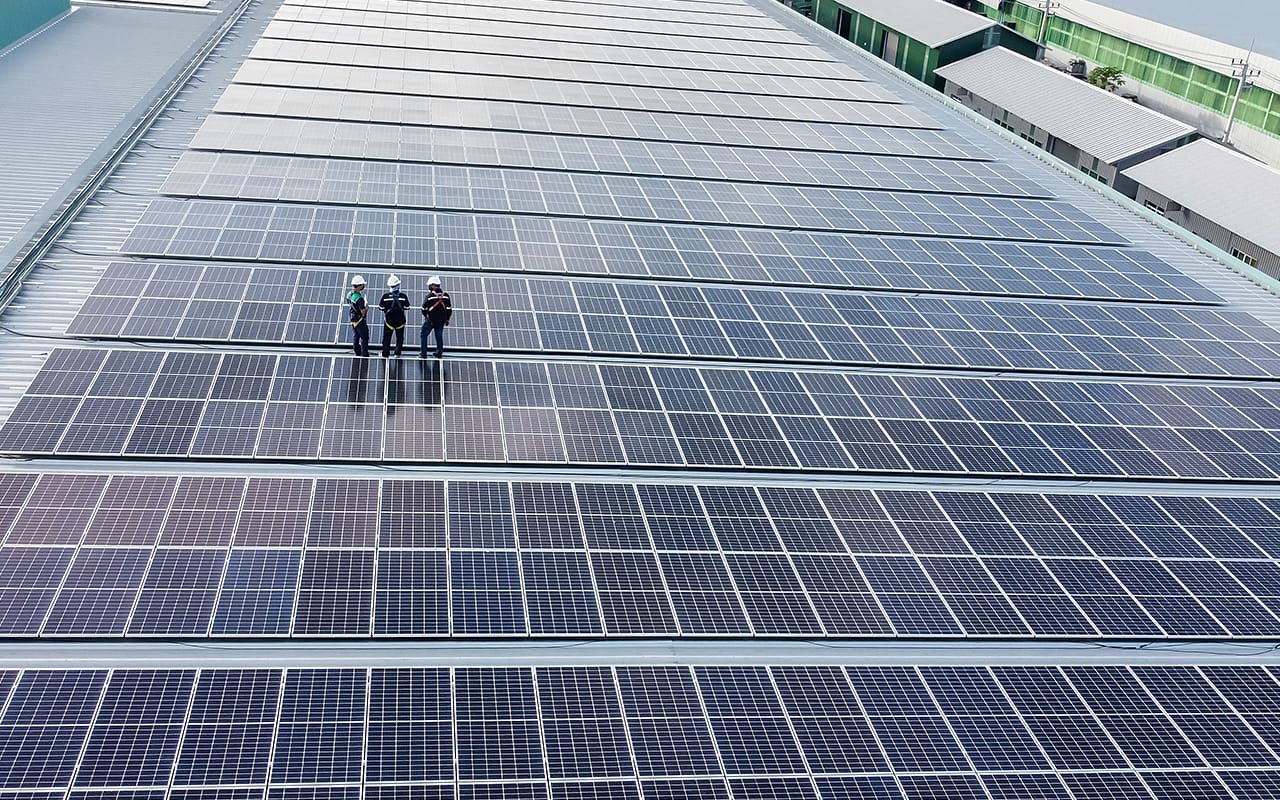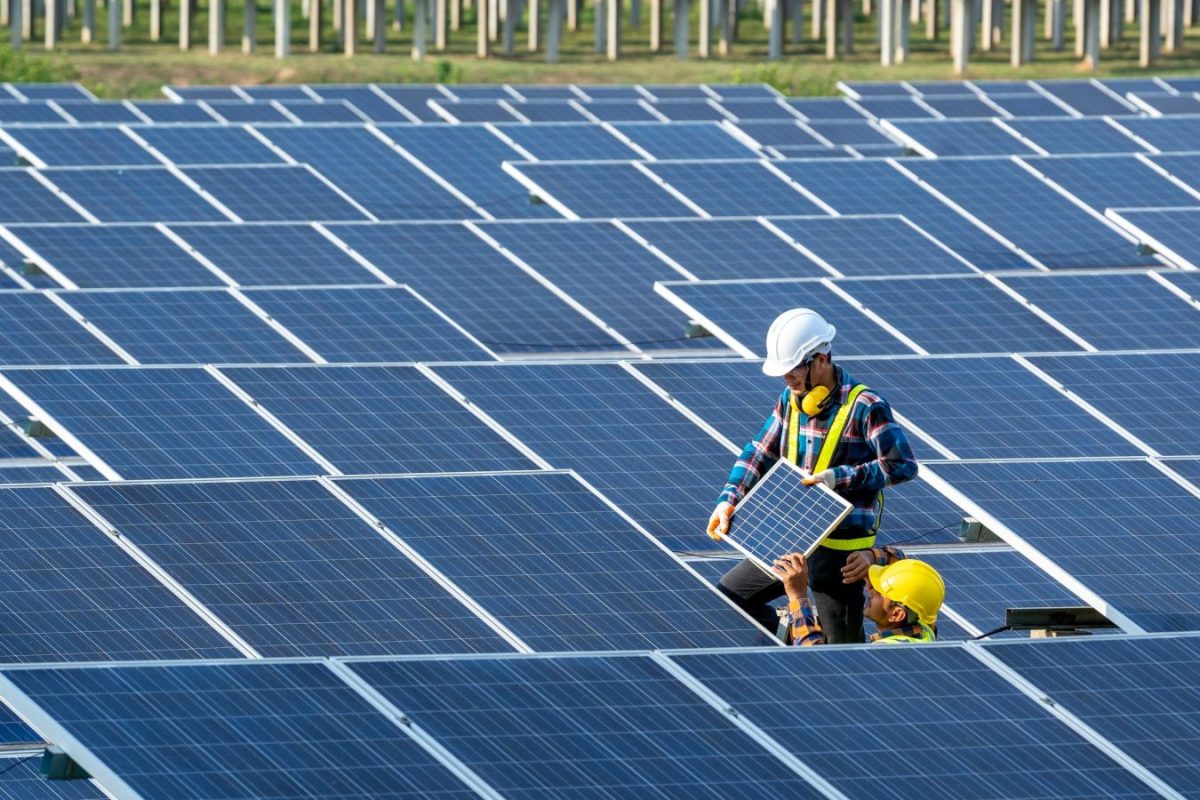Photovoltaic System
A Photovoltaic (PV) System combines one or more solar panels with an inverter, as well as other mechanical and electrical hardware that generates electricity using the energy from the Sun. This type of system is a renewable energy technology. The solar panels used are also referred to as photovoltaics and are able to offer a more reliable and green energy solution.
They can vary in size, with some being small rooftop or portable systems while other PV systems are massive utility-scale generation plants. It’s a great option for someone who wants to contribute to the environment in a sustainable and low-maintenance way because this system does not cause pollution or emit any emissions into the atmosphere.
It is possible for PV systems to operate by themselves as off-grid PV systems, but this time we will be focusing on PV systems that are tied to or connected to the utility grid.
How Do PV Systems Work?

Sunlight falls onto a solar panel and is then converted into DC electricity through the photovoltaic effect process. Relatively small amounts of energy are released by each panel, but these panels can produce a higher amount of energy by linking them with other panels. This is called a solar array.
The DC electric current that is produced by the solar panels are wired through a DC switch. This switch is present simply for safety reasons but can also be used to switch off the flow of electricity when needed.
The DC current is then converted into AC. Although most electronic devices use DC electricity, they still use the electrical utility grid to operate which requires AC. So, the electricity has to be converted into AC using an inverter in order for it to be useful.
From the inverter, the AC electricity flows through an electricity meter and into the fuse box where it is then fed into the electricity system of the house. Any excess solar electricity that is not being used is sent to the grid for other uses.
Components of a PV System
A Photovoltaic System has other components besides solar panels. It’s these other components that usually make up for over half of the cost for PV systems, as well as their maintenance.
Solar Photovoltaic Array
A solar photovoltaic array is one that is composed of one or more solar panels that are all electrically connected to each other. They are responsible for capturing sunlight and generating DC electricity.
Inverters
An inverter is an essential part of the PV system because it is responsible for converting the DC current into AC, which is what powers your home appliances.
Racking
Racking is the mounting apparatus that allows you to fix your solar array to the rooftop or to the ground. They are usually made of steel or aluminum.
Other Components
Other components of a PV system include a Utility Meter that measures the electricity consumption of your household, a Charge Controller that regulates the DC current from the solar panel and is responsible for not letting the batteries overcharge, and an Electric Grid where all the excess unused electricity is stored.
You can also use the electric grid to power your house if the PV system is unable to supply your energy needs.

